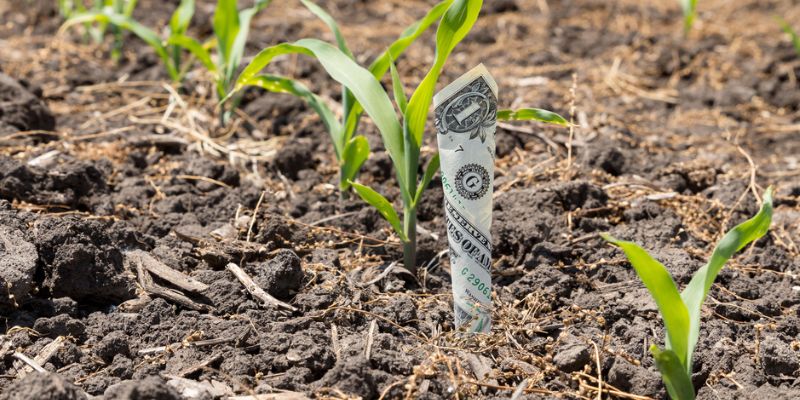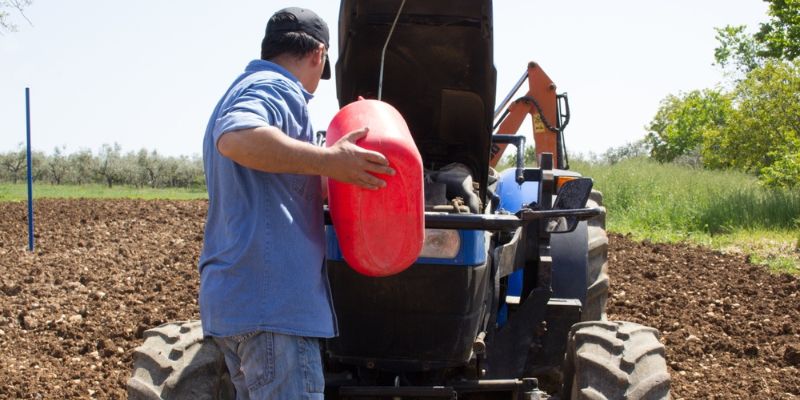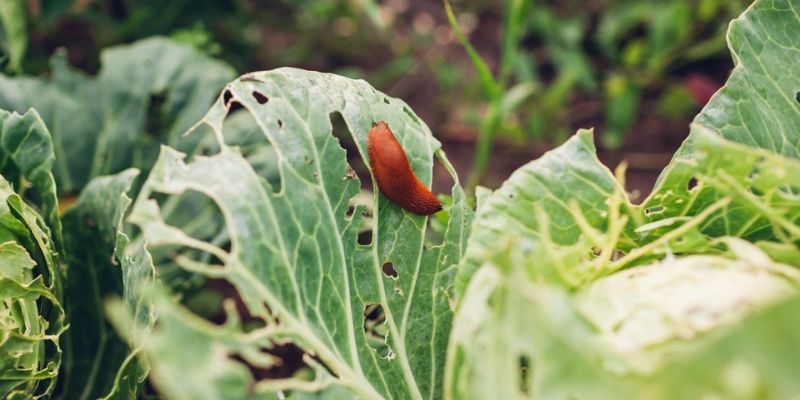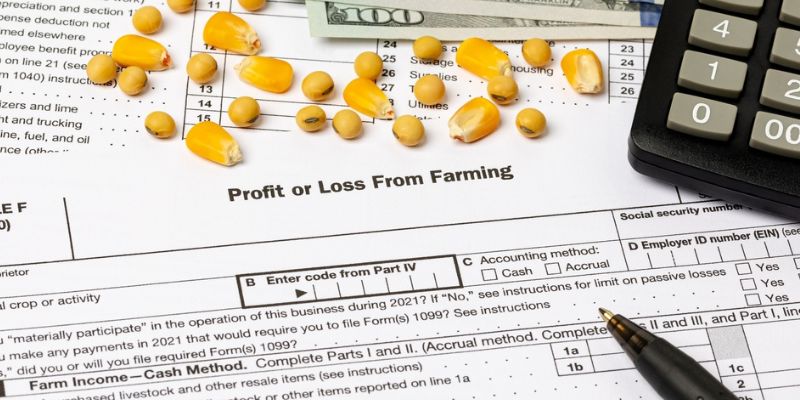Modern farming is not just about planting seeds and waiting for a harvest; it’s a complex business that requires careful financial planning and discipline. A solid farm budget forms the backbone of your farm’s economic stability, profitability, and long-term sustainability. Whether starting a farm or being in agriculture for years, learning to budget effectively can make the difference between running a thriving operation and facing unexpected shortfalls.
In this ultimate guide, we’ll explain why farm budgeting is so important, break down the key components of a whole farm budget, walk you through step-by-step farm budget creation, offer tips to manage farm costs and cut farm expenses, and show how budgeting ties into securing farm or ranch loans. Let’s dive in and set your farm on the path to financial success.
Why You Need a Farm Budget
A farm budget is your farm’s financial blueprint; it outlines expected income, expenses, and profit for a given period. By budgeting ahead, farmers can avoid costly surprises and make informed decisions to keep their operations profitable.
Having a detailed budget is crucial for both new and established farms. Many farmers are excellent at production but struggle with finances. You could have record-high yields and lose money if expenditures aren’t managed wisely. In short, a farm budget gives you control over your farm’s economic health and future.

Key Components of a Farm Budget
It helps to understand its main components to build an adequate farm budget. Here are the key elements you’ll include:
- Income Sources: List all expected revenues from your farm. This includes crop sales, livestock sales, dairy or egg production, timber, custom work, agritourism, government payments, and other farm-related income. Be realistic and use historical data and market trends to estimate the revenue from each source.
- Expenses: Detail all the costs required to run your farm. It’s helpful to categorize farm expenses into fixed and variable costs. Fixed costs stay relatively constant regardless of output; e.g., land rent or mortgage payments, property taxes, insurance premiums, and equipment loan payments. Variable costs change with production levels; e.g., seeds, fertilizer, feed, fuel, veterinary bills, and hired labor. Don’t forget capital expenses and maintenance costs.
- Profit: This is the bottom line, your expected profit, calculated as total income minus total expenses. A primary goal of budgeting is to ensure your farm operates at a profit. If your initial budget shows a loss, you’ll need to adjust your plan, whether by cutting costs or finding ways to boost income, until you reach a sustainable balance.
- Cash Flow Timing: Beyond annual totals, a reasonable budget considers when money flows in and out. Many farms experience seasonal income spikes but have expenses throughout the year. A cash flow budget projects month-by-month income and expenses so you can anticipate periods when cash is tight and plan.
- Financial Goals: Incorporating your financial goals into the budget gives it direction. Are you aiming to pay down debt? Save for a new barn or tractor? Achieve a certain profit margin? Defining these targets will guide your budgeting decisions. Goals help you prioritize expenses and investments, fund the most important items first, and provide benchmarks to measure your farm’s financial progress.
Steps to Create a Whole Farm Budget
Now, let’s walk through how to create your farm budget step by step. A whole-farm budget looks at your entire operation’s finances for the year, combining all farm enterprises into one comprehensive plan. Follow these steps to build your budget:

1. List All Income Sources
Start by listing every potential income source for your farm. Include projected sales from each crop and livestock enterprise and any other revenue. Estimate the income from each source based on past performance and current market prices.

2. Catalog All Expenses
Write down all expenses involved in your operation. Split them into variable costs (e.g., seed, feed, fertilizer, fuel, repairs, hourly labor) and fixed costs (e.g., land rent or mortgage, insurance, salaries, property taxes, equipment leases/loan payments). Be thorough, include supplies, maintenance, utilities, marketing, and other farm costs.
By capturing fixed and variable expenditures, you ensure no significant cost is overlooked.

3. Account for the Unexpected
Farming always involves uncertainty; bad weather, pests, or equipment breakdowns can lead to surprise expenses. A reasonable budget includes a buffer for these unforeseen costs. You might set aside a contingency fund or add an “unexpected expense” line item (say 5-10% of total costs) so that an emergency repair or a price drop doesn’t derail your finances.

4. Project Cash Flow
Once you have estimated income and expenses, map out the cash flow by month or quarter. Determine when you’ll receive income and when major expenses will occur throughout the year. This cash flow projection lets you anticipate any months where expenses exceed income.
You can plan if you identify a cash shortfall in a given period. Conversely, during surplus periods, you might set funds aside for later or pay down debt.

5. Calculate Your Net Income
Add up all projected income for the year and subtract all projected expenses. This will give you the expected net income for your farm under the current plan. Evaluate this result against your goals: Is the profit sufficient? If not, revisit your income and expense estimates to see where adjustments can be made (e.g., finding additional revenue sources or trimming certain costs).
The budgeting process may require revisions until your plan is realistic and aligned with your financial targets.

6. Review and Refine
Remember that a budget is a living document. Plan to compare your actual income and expenses to your budget forecasts regularly. This will help you spot variances and control costs in real time. If fuel prices spike or a new opportunity arises mid-year, update your budget to reflect those changes.
Regular reviews ensure your budget stays accurate and helpful for decision-making. Over time, this practice of reviewing and refining will also improve your budgeting accuracy, as you’ll base future budgets on better data and insights.
Budgeting When Starting a Farm
If you’re starting a farm, budgeting becomes even more critical. New farms often face high startup costs and uncertain income, so a detailed budget and business plan are essential to determine how your venture will be viable. In your startup budget, account for one-time capital investments and operating costs for at least the first year. Many beginning farmers underestimate how many expenses are involved in the first year; a thorough budget helps prevent surprises by listing every expected farm expense from day one.
A startup farm budget will show how much money you need to launch and sustain operations until revenue builds. This is where financing often comes into play. Most new farmers seek a loan or outside investment because upfront costs can be steep. A solid budget and financial projections become your roadmap when approaching lenders or investors. In fact, the economic section of a farm business plan, including budgets and cash flow forecasts, will most likely be required if you’re seeking a loan or other financing.
Lenders want to see that you’ve done the homework on your farm’s finances. A whole-farm budget for the coming year, enterprise-specific budgets, and cash flow statements demonstrate to a lender that you understand your costs and plan for profitability.
Janus AG Finance offers support to new and growing farms during this process. With decades of experience in agricultural lending, our team provides flexible farm and ranch loan solutions tailored to your operation’s needs. If you’re looking to launch or expand your farm and need financing, consider contacting us. Our team can guide you through the loan process and help match your budget plan with the right funding option.
Achieve Financial Success with a Good Farm Budgeting
Creating and sticking to a farm budget might initially seem challenging, but it is one of the best moves you can make for your agricultural business. A well-crafted budget illuminates your farm’s financial health, helping you optimize cash flow, prepare for the unexpected, and make informed decisions at every turn.
With a substantial farm budget, you’ll be better equipped to grow your business sustainably. You’ll know when to invest in new opportunities and tighten spending. In the unpredictable world of farming, your budget is an anchor to reality and a roadmap to success.
If you need extra support, remember that Janus AG Finance is just a call away, offering expert advice and farm loan solutions to help turn your budget plans into action. Start budgeting now, stay disciplined, and watch your farm become more efficient, resilient, and profitable for years.

